The Church at Smyrna
keeping faith in times of intense persecution
This is the second of two sermon reflections for today, October 5, 2025. I’ve shared Pastor Jeremy’s sermon at the end of this essay.
Photo: Modern day Smyrna :: by Tasha Berk Tekin via Unsplash.
Revelation 2:8-11 :: The Persecuted Church
8 “To the angel of the church in Smyrna write: These are the words of him who is the First and the Last, who died and came to life again. 9 I know your afflictions and your poverty-yet you are rich! I know the slander of those who say they are Jews and are not, but are a congregation of Satan. 10 Do not be afraid of what you are about to suffer. I tell you, the devil will put some of you in prison to test you, and you will suffer persecution for ten days. Be faithful, even to the point of death, and I will give you the crown of life. 11 He who has an ear, let him hear what the Spirit says to the churches. He who overcomes will not be hurt at all by the second death.
Note: I’m vehemently opposed to antisemitism (blood libel is a common and old form of Jew hate) and I’m not in favour of the traditional translation in verse 9, synagogue of Satan, so I changed the word synagogue to congregation, based on a Jewish interpretation of this problematic narrative. I’m loathe to accept an antisemitic interpretation of verse 9.
It’s a violation of the Torah to accuse one’s neighbour, so any Jew who accused or bore false witness to his neighbour did violate the law of Gd.
I’m well aware that early Jesus followers had developed a distinctly non-Jewish faith tradition, and this means I should take anything written about Jews during that period with great skepticism. I won’t throw my Jewish people under the bus in my study of early Christianity, or any Christianity.
Like I said, I don’t do antisemitism, ever. I hope that’s clear to everyone reading. It’s a non negotiable rule of mine.
Moving on.
First of all, let’s look at some background information needed to understand this passage.
What’s Smyrna?
From Wikipedia: “Smyrna was an Ancient Greek city located at a strategic point on the Aegean coast of Anatolia, in present day Turkey. Due to its advantageous port conditions, its ease of defence, and its good inland connections, Smyrna rose to prominence. Since about 1930, the city’s name has been Izmir.”
Smyrna comes from the Greek word Σμύρνη, which means myrrh, a perfume. Myrrh has many medicinal uses, and most importantly, served as an embalming fluid.
In the culture of Smyrna, the cult of Hellenism, and later the cult of Imperial Rome, featured very prominently. In this cultural context, Jesus followers inevitably faced persecution, as they refused to renounce The One Gd and Saviour and bow down to the imperial god. With respect to those who say they are Jews and are not, Dr. Eliyahu Lizorkin-Eyzenberg suggests that this refers to “converts to the Judean life-style package from the Romans – a well-known and problematic phenomenon in the Roman Empire,” meaning, a watered down distorted Judean tradition that’s put the empire in the place of Gd. Lizorkin-Eyzenberg tells his readers to view Revelation as a Jewish anti-Roman text with an apocalyptic flair.
Pastor Jeremy offers us three images through which we can understand the message of faithfulness conveyed in this message in Revelation from Jesus to the Church of Smyrna: a commiphora tree, a seawall, a crown.
The commiphora tree has a thorny structure and produces a sticky, gum-like resin called myrrh. In order to access the full benefits of the myrrh, harvesters must crush or grind the hardened resin, an important process that liberates the trapped essential oils and moisture, which release the fragrance and enable its traditional applications. Myrrh releases a sweet fragrance when crushed—what if Jesus calls us to do the same?
The ancients used myrrh in embalming practises. The three wise men brought myrrh to Jesus at his birth, a symbol of his fate—that He would die in order to conquer death. Death weighed heavily on the church people of Smyrna, who faced intense persecution. Pastor Jeremy quotes 1 Corinthians 15:20-21, But Christ has indeed been raised from the dead, the firstfruits of those who have fallen asleep. For since death came through a man, the resurrection of the dead comes also through a man. In Jesus, death has become a beginning not an end. We can survive the second death when we put our faith in Jesus.
Being a coastal city, Smyrna had a seawall to keep the water at bay. The church in Smyrna faced a storm of persecution and Jesus came to build a spiritual seawall, to strengthen their faith. Some bad faith actors of the time actively conspired with Romans to destroy Christians. Bearing false witness, ie cancel culture, harms those targeted. It removes options, it stifles our lives. We can relate to that phenomenon today, can’t we, reader?
In verse 9, the Greek word used for affliction, Thlipsis, means a pressure that causes a person to feel constricted or hemmed in. Pastor Jeremy mentions the Latin etymology of the word tribulation. From Etymonline:
This was a specific figurative use by Christian writers of Latin tribulare “to press,” also possibly “to thresh out grain,” from tribulum“threshing sledge,” a wooden frame studded beneath with sharp iron teeth or points. It is held to be a derivative of terere “to rub.”
Pastor Jeremy quotes James 1:2-4, Message translation.
James 1:2-4 MSG :: Consider it a sheer gift, friends, when tests and challenges come at you from all sides. You know that under pressure, your faith-life is forced into the open and shows its true colors. So don’t try to get out of anything prematurely. Let it do its work so you become mature and well-developed, not deficient in any way.
Pastor Jeremy reminds us of the terrible impact Hurricane Katrina on New Orleans, the levees broke, devastating the city with flooding and destruction.
Can we draw a comparison between the devastation of this hurricane and the tribulations in our lives? Can we draw a comparison between building strong levees and the hard work of following Gd and living a Jesus Way of life? Can we liken the pressures of a category 5 hurricane pressing against the levees to the pressures and temptations pressing against us from the secular empire culture in which we live?
What is faith? An emotion? An attachment to a human or an earthly endeavour or an outcome? No, no, also no. Faith anchors us in Gd. Pastor Jeremy mentions Holland, a country mostly below sea wall which has sea dikes that protect it against flooding, proving quite an engineering feat. What if we could build our faith up to protect us from the pressures of tribulation like the Dutch sea levees protect Holland?
Tribulations will come. Like storms help us discover the weaknesses of our sea walls and levees, spiritual and psychological trials help us discover the weak spots in our faith and provide an opportunity to strengthen our foundation in Christ. How can we fortify ourselves for future storms? What if the Holy Spirit could help us build a defense system for our faith?
The ancients referred to Smyrna as the crown of Asia, because of the surrounding hills that resembled a crown. Per The Christian Classics Ethereal Library:
The words of Apollonius show that “the crown of Smyrna” was a familiar phrase with the Smyrnaeans; and there can be no doubt that the phrase arose form the appearance of the hill Pagos, with the stately public buildings on its rounded top and the city spreading out down its rounded sloping sides. In fact, the words state plainly that the crown of Smyrna consisted of buildings, and, in the picturesque language of current talk (which always catches salient features), buildings are likened to a crown because they stand on a conspicuous place and in an orderly way. — (The Letters to the Seven Churches of Asia And their place in the plan of the Apocalypse, W. M. Ramsay, D.C.L., Litt.D., LL.D., University of Aberdeen, 1904)
Pastor Jeremy quotes Romans 8:18, “I consider that our present sufferings are not worth comparing with the glory that will be revealed in us”. He mentions Polycarp, a disciple of Saint John the Theologian. The Martyrdom of Polycarp tells us that the Romans bound him and burned him at the stake, then stabbed him when the fire failed to consume him. Polycarp died at the age of 86.
The Crown of Life refers to the fact that, when we walk the Jesus Way, our tribulations aren’t the end. As Brian Zahnd says, Gd is with us, this is not the end, the end is Joy. Do not fear, says Jesus. Fear distorts, it draws us away from Gd. Physiologically, fear stunts our capacity to think clearly, it hijacks our brain, making our higher order thinking circuitry less accessible, and causing our amygdala to hypertrophy.
Remember what happened when Peter walked on the water and then became fearful? He sank. How did Jesus respond? Per Matthew 14:23 (NRSV): “Jesus immediately reached out his hand and caught him, saying to him, ‘You of little faith, why did you doubt?’” We can that as an allegory to apply to our lives.
Gd tells us in scripture nearly 100 times not to fear. Fear blocks us from Gd, it prevents us from being open to receive the gifts of the Spirit, it dampens our faith, it invites despair, which leads to self worship and idolatry. Fear originates from timidity and it seeks to immobilise us. Remember that Jesus put on our (human) body to conquer death in faithfulness and love; in turn, Jesus invites us to put on our faith in Him so that we can move through whatever life throws at us.
Artwork: Polycarp, artist unknown



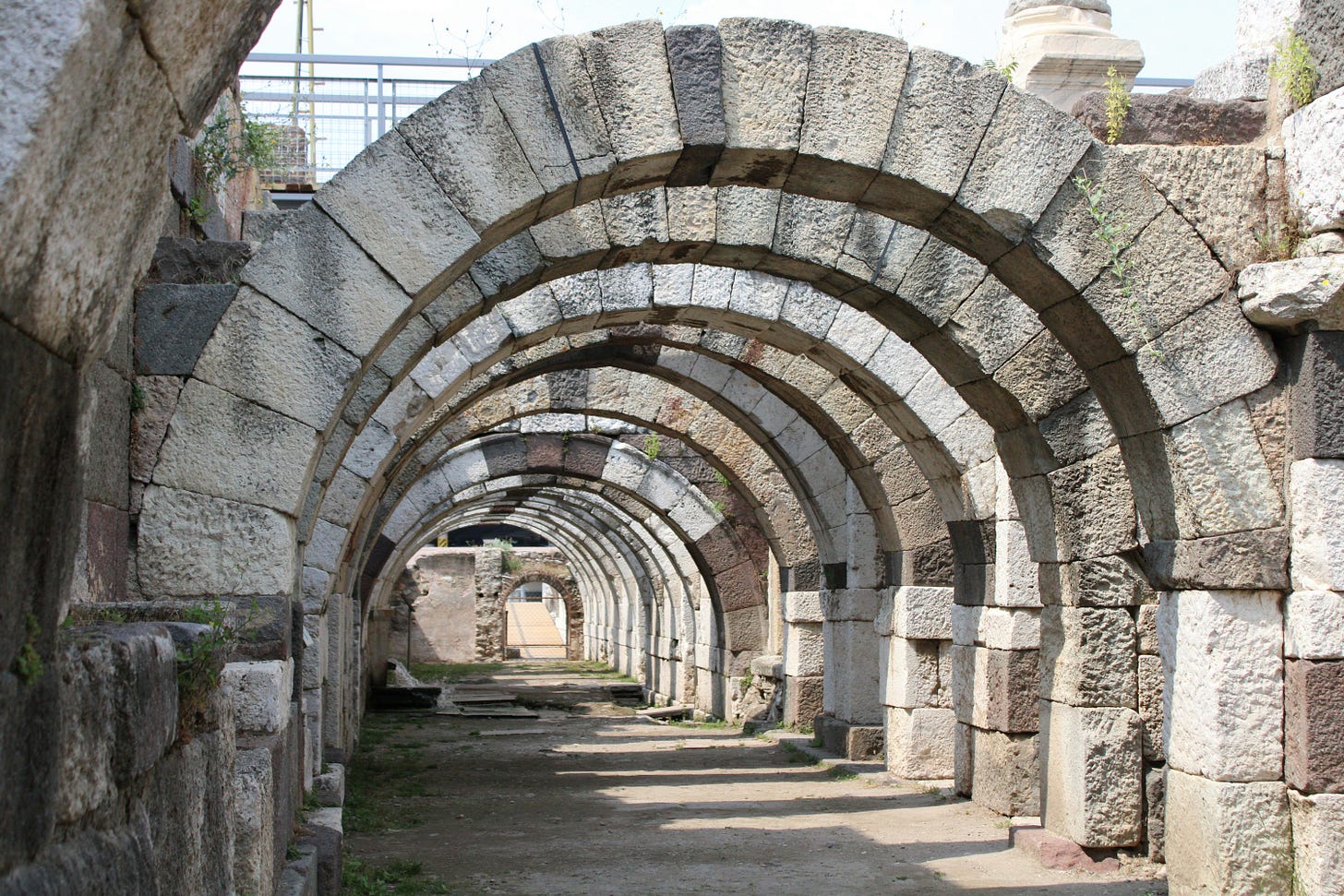
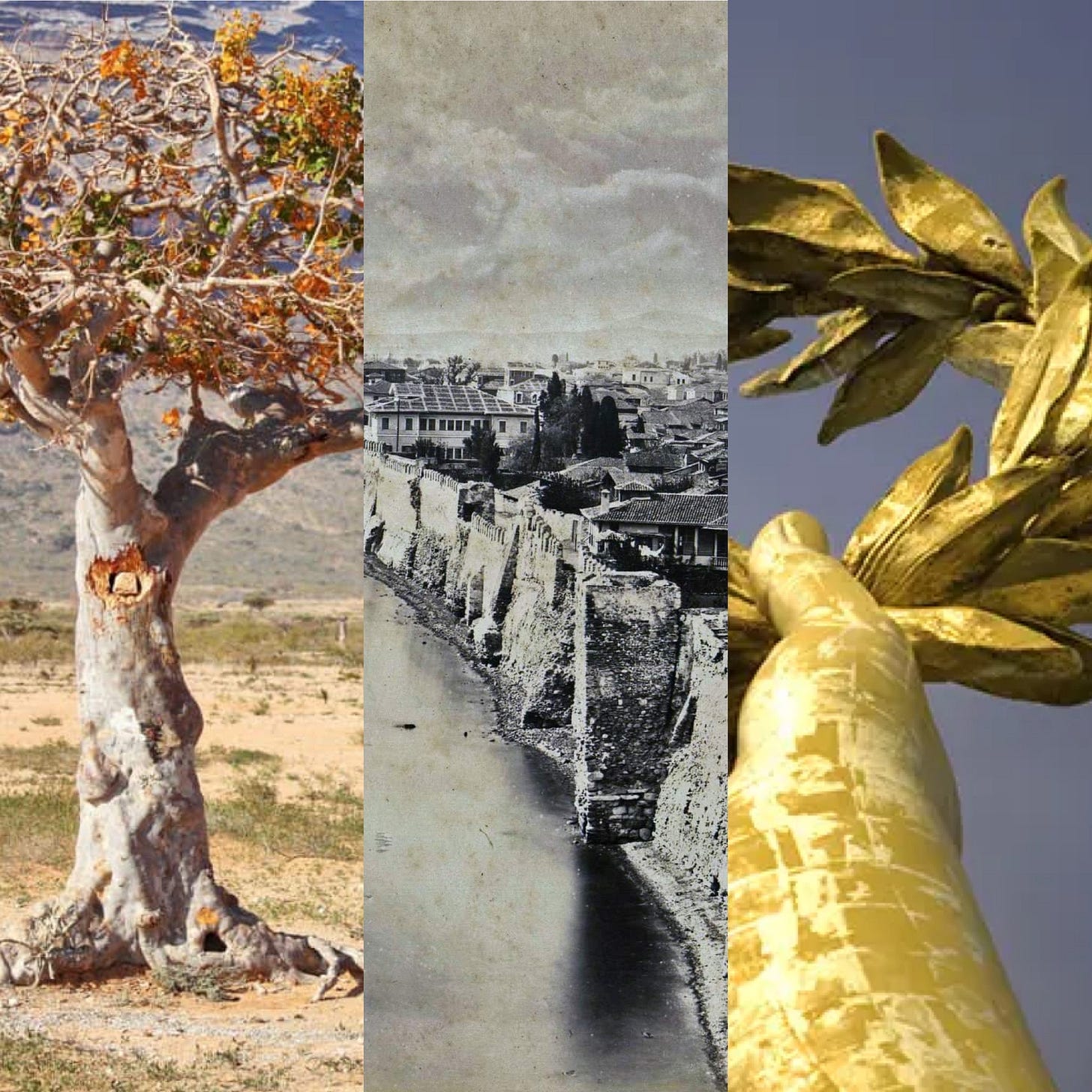
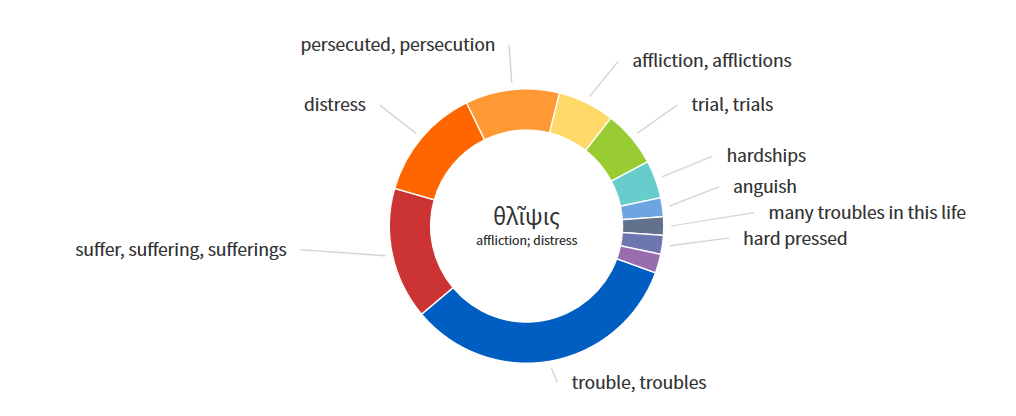
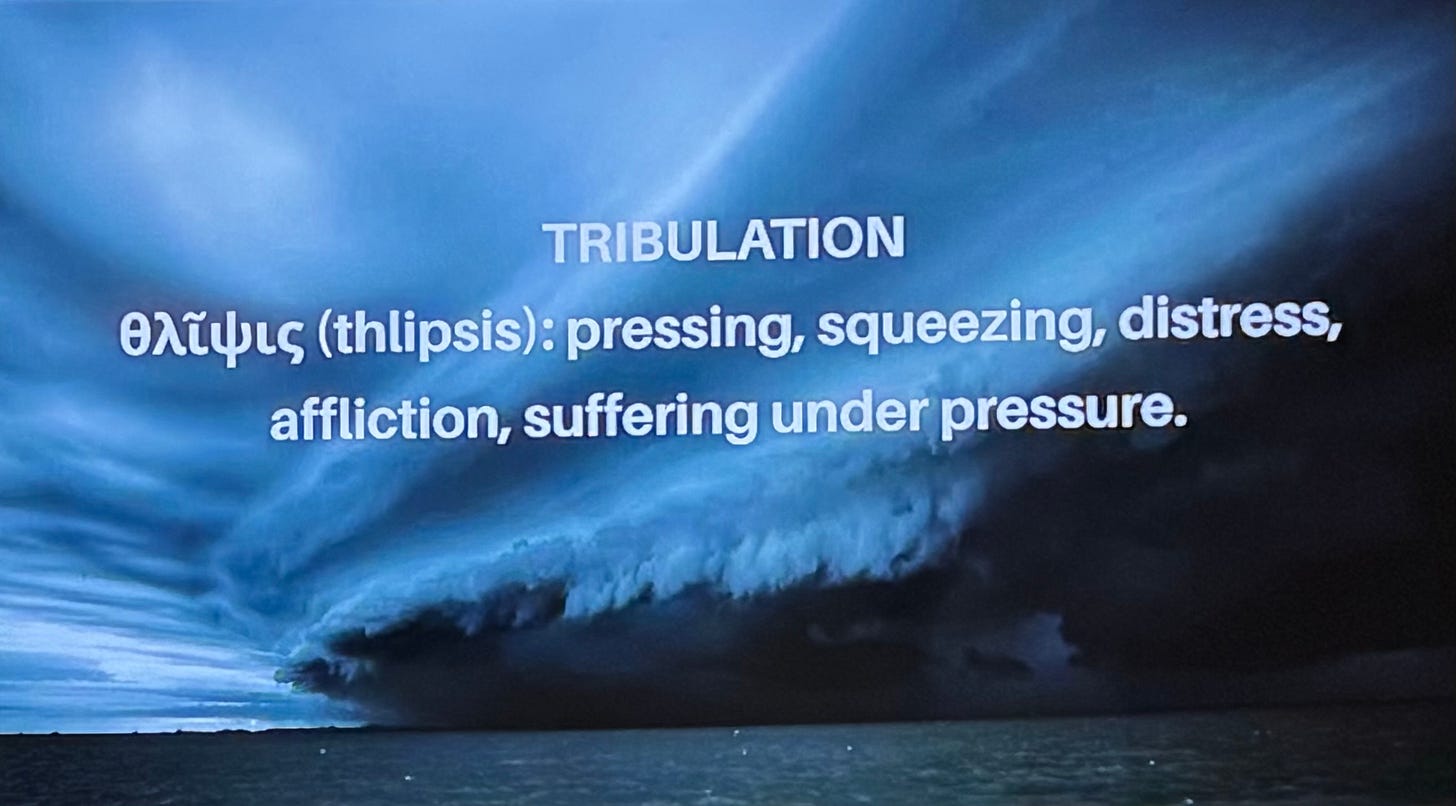
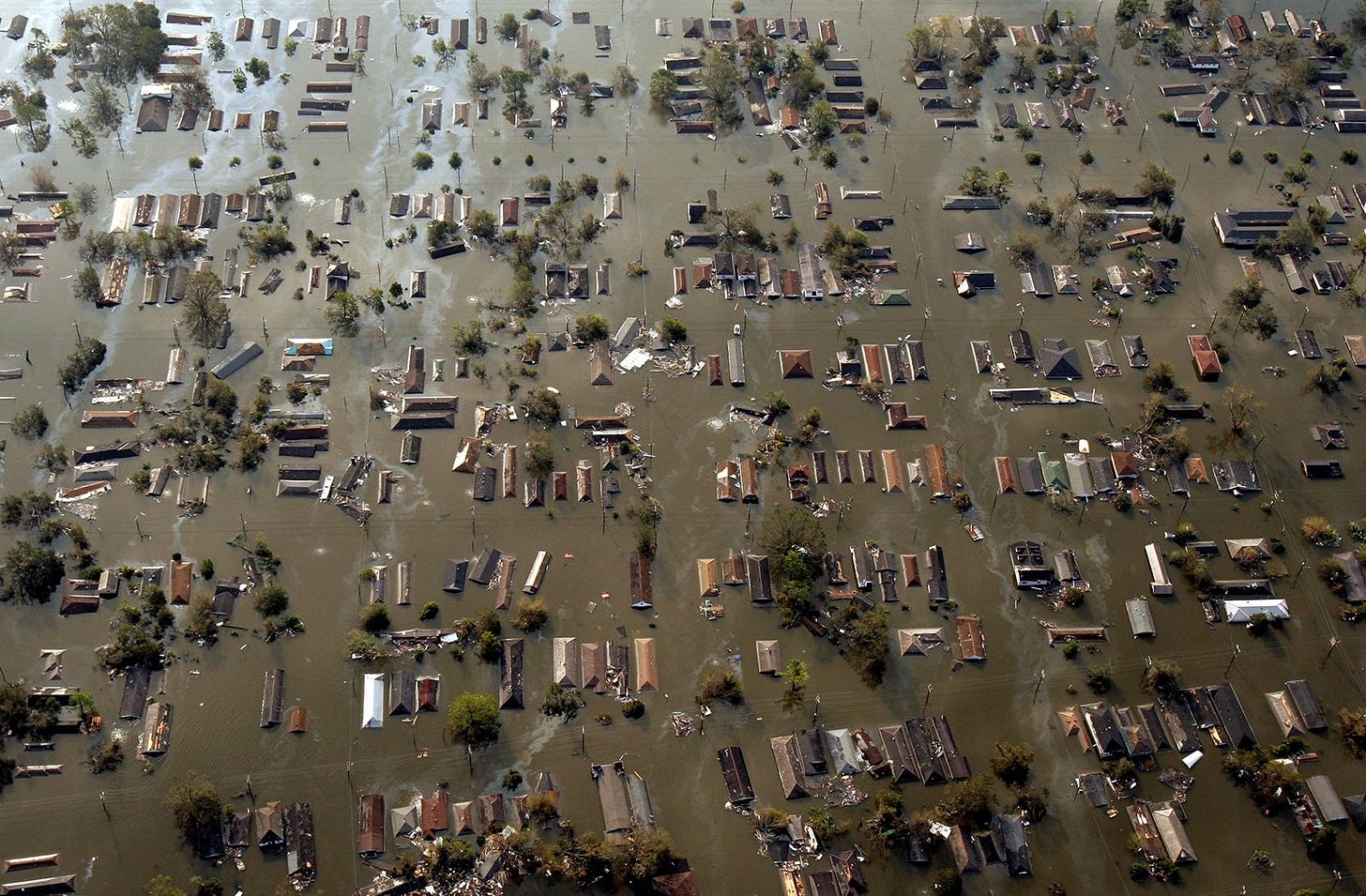
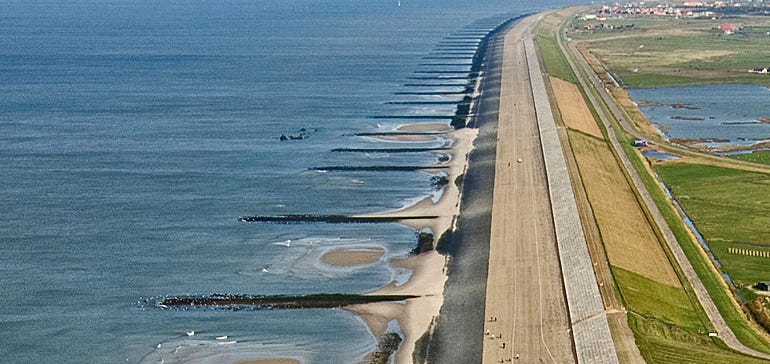

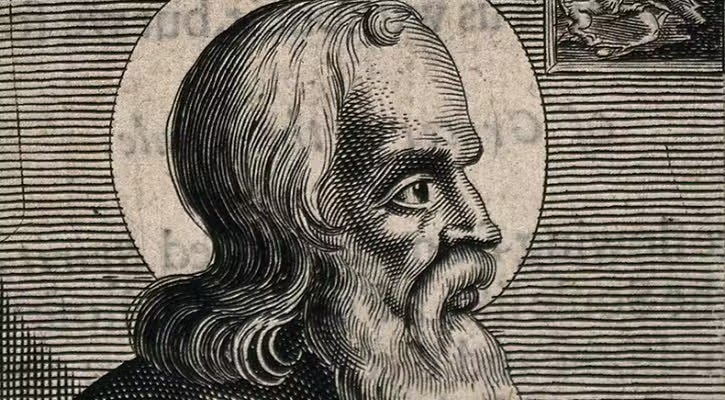
🇬🇷 Archimandrite Athanasios Mitilinaios, in his sermons on the Revelation of Saint John, (Zoe Press 🇺🇲) points out that the destruction of the Christian Community at Smyrna 🇹🇷🔥⚔️ at the conclusion of the First World War was the last of the Seven Churches of Asia to be destroyed.
✍🏼 Thank you for this extensive 🌍⚓⏳ geographical, theological and historical post sister. Grace and peace to you, one day at a time....